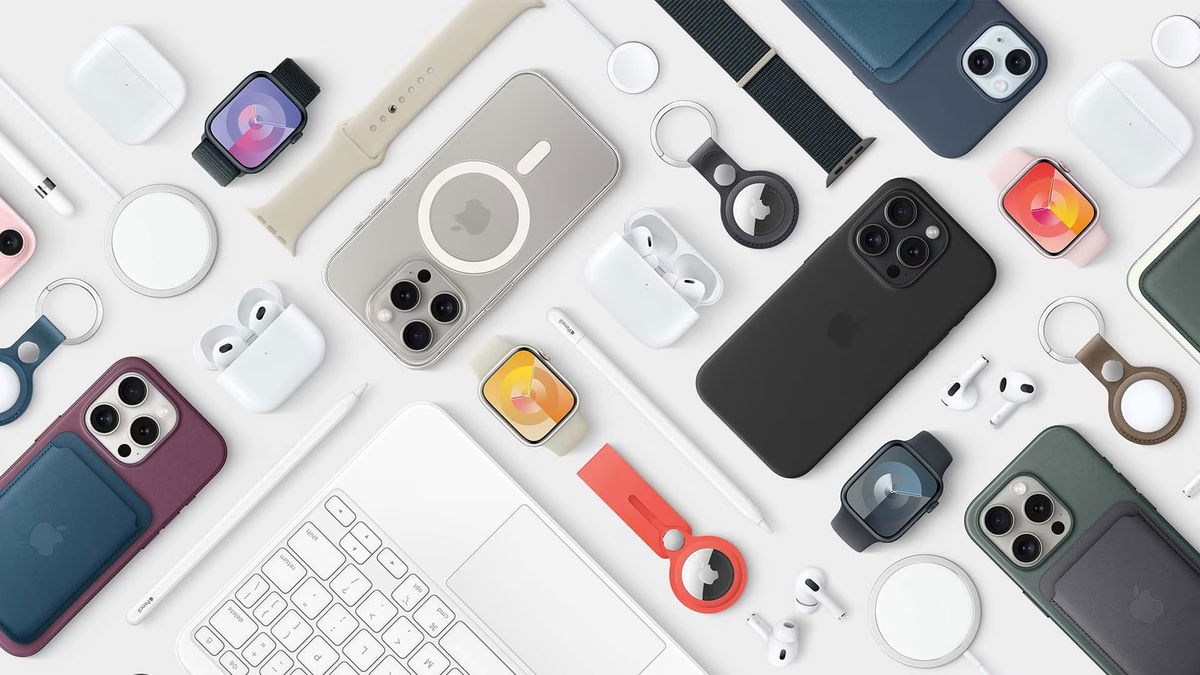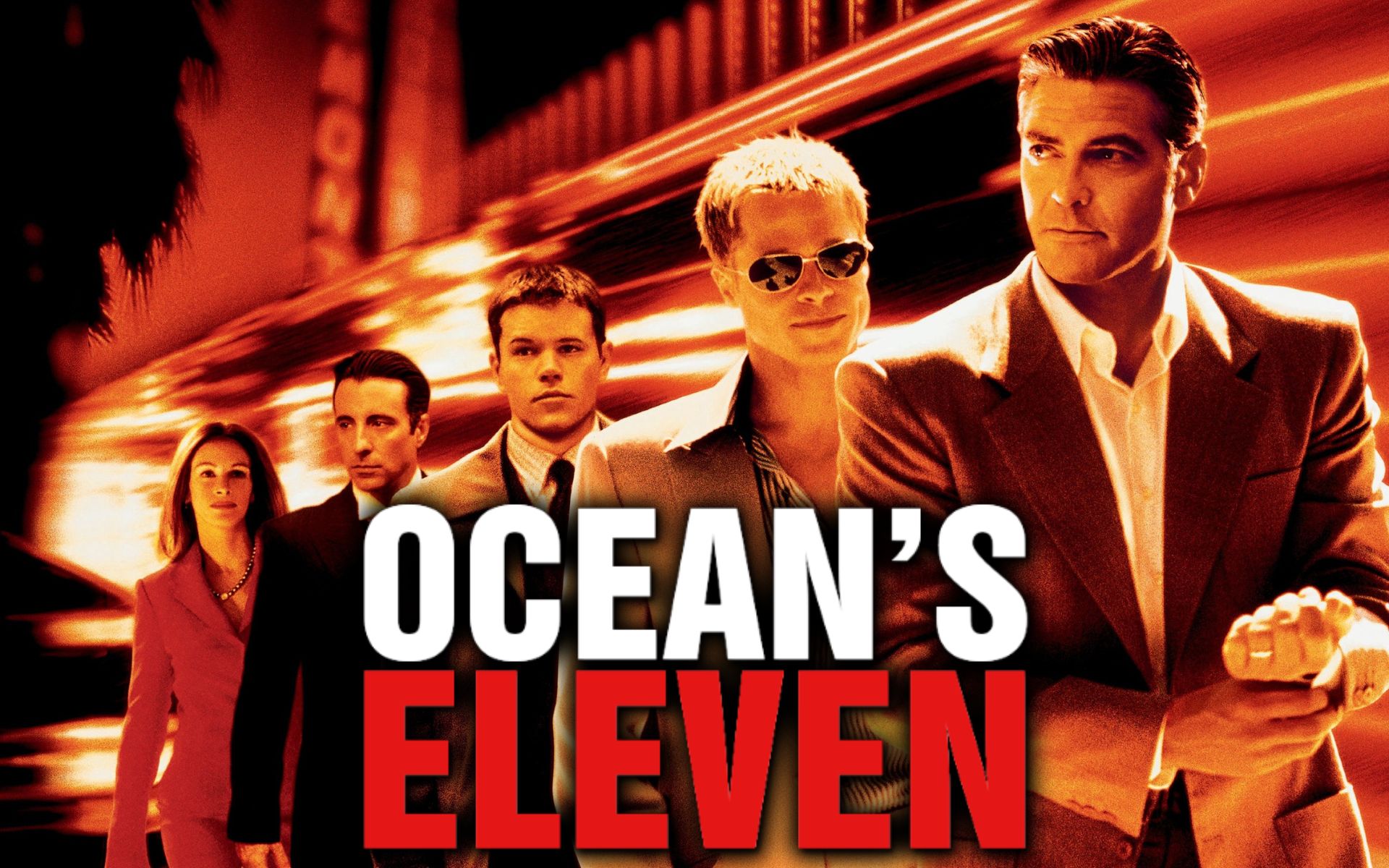A lot has been said in recent weeks about the hyper-realistic photos produced by artificial intelligence (AI) that have deceived a large part of the public. From Pope Francis in the iconic white puffer jacket to footage of former US President Donald Trump fighting with police. These cases raise ethical questions about the use of technology. Partnership on AI (PAI) intends to address.
PAI is a non-profit coalition supported by leading brands. Adobe, BBC, Bumble, OpenAI, TikTok and other companies that understand the importance of using AI responsibly. The group has published a number of recommendations. targeting the ethical use of synthetic media, Also known as AI-generated media.
Through the guide, the aim is to encourage creativity and expression without risking spreading misinformation and manipulation. On Twitter, PAI cites the Pope’s case as “the latest example of why we need agreed-upon responsible practices for the development and deployment of synthetic media.” Check below:
viral #THEREThe image created by the Pope is the latest example of why we need agreed-upon responsible practices for the development and deployment of synthetic media.
?? You can learn more about the PAI Framework here: https://t.co/3avVIfE7YXhttps://t.co/xkajZ17u6v
The PAI guide was created in a year with over 100 contributors and 50+ organizations, including synthetic media initiatives, social networks, news organizations, advocacy and human rights groups, academic institutions, policy-oriented professionals and opinion makers.
Claire Leibowicz, Head of Artificial Intelligence and Media Integrity at PAI, said “working towards a shared set of values, tactics and practices is extremely important and will help creators, content platforms and distributors use this technology responsibly.”
Guidelines and complete guide
Directory Partnership on Responsible Applications of Artificial Intelligence for Synthetic Media: A Framework for Collective Action It provides some very important guidelines for the ethical use of AI-generated content. Some of the guidelines are:
- People must be informed when they interact with AI-generated content so that they can make informed decisions about what they see.
- Creators must be transparent about how the content is created and any manipulations done.
- Creators must seek approval from people who appear in AI-generated content, especially if they are unaware that they are being recorded.
- Companies should take steps to prevent malicious use of AI-generated content, including detecting and removing false or manipulated content.
- Companies should provide users with tools to report questionable or problematic content.
It is a useful document for anyone involved in the creation or distribution of AI-generated content. Check out the full guide here.
Source: Tec Mundo
I am a passionate and hardworking journalist with an eye for detail. I specialize in the field of news reporting, and have been writing for Gadget Onus, a renowned online news site, since 2019. As the author of their Hot News section, I’m proud to be at the forefront of today’s headlines and current affairs.










